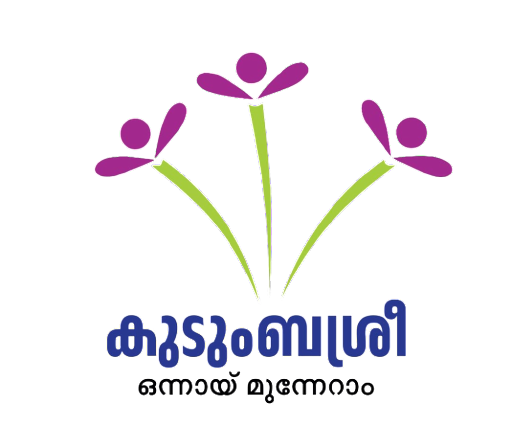
Collective Farming is an initiative introduced by Kudumbashree to encourage cultivation among neighborhood groups. It not only brings in significant changes in the lives of the poor but also helps to increase agricultural production by bringing fallow and cultivable waste land into agricultural use, and has significance as a food security measure. Women enter the programme as cultivators as opposed to agricultural labour and control over the means of production and access to formal credit help in increasing the returns from farming. The programme is being implemented in all districts with the support of LSGs.
Related Downloads
 |
Collective Farming Details |
 |
Group Farming Guideline |
Activities
Activities include identification and leasing of available land, selection of beneficiaries, clustering them into groups, giving training, distribution of inputs and release of incentives. The land identified may be government land lying fallow, or private land taken up for cultivation. The identified beneficiaries are collectivized into joint liability groups to undertaken agriculture. Agriculture incentive based on the crop types and interest subsidy on agriculture bank loans are provide as support by Kudumbashree to the joint liability groups
Joint liability groups of women farmers
Joint liability groups of women farmers are formed under the collective farming initiative to help women cultivators access agricultural credit from the banking system. These JLGs are structured along NABARD guidelines, and open bank accounts in the name of the JLG. JLGs are brought under the purview of Interest subsidy scheme of Kudumbashree(ISS). They become eligible for ISS when they avail agricultural loan from banks. 5% subsidy on 7% interest agricultural loan is provided by state government of Kerala through Kudumbashree.
















